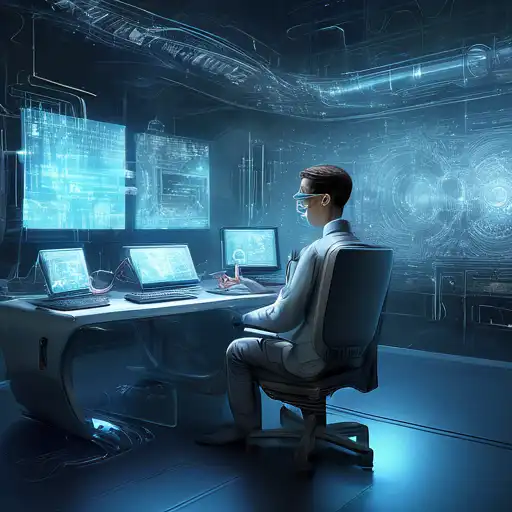Introduction to Computer Vision Technology
Computer vision technology has seen remarkable advancements in recent years, transforming how machines interpret and understand the visual world. From facial recognition systems to autonomous vehicles, the applications of computer vision are vast and varied. This article delves into the latest breakthroughs in the field, highlighting how these innovations are shaping the future of technology.
Key Advancements in Computer Vision
The field of computer vision has evolved significantly, thanks to advancements in artificial intelligence (AI) and machine learning (ML). Here are some of the most notable developments:
- Deep Learning Models: The adoption of deep learning models has greatly improved the accuracy of image recognition tasks.
- Real-time Processing: Enhancements in processing power and algorithms have enabled real-time analysis of visual data.
- 3D Image Recognition: Technologies now allow for the interpretation of three-dimensional images, opening new avenues for application.
- Augmented Reality (AR): Computer vision is at the heart of AR, enabling immersive experiences by overlaying digital information onto the real world.
Applications of Advanced Computer Vision
The advancements in computer vision technology have led to its integration into various sectors. Below are some key applications:
- Healthcare: From diagnosing diseases through medical imaging to assisting in surgeries, computer vision is revolutionizing healthcare.
- Automotive: Autonomous vehicles rely heavily on computer vision to navigate and avoid obstacles.
- Retail: Cashier-less stores and personalized shopping experiences are made possible through computer vision.
- Security: Enhanced surveillance systems use computer vision for facial recognition and anomaly detection.
The Future of Computer Vision
As computer vision technology continues to advance, its potential applications are boundless. Researchers are exploring ways to improve accuracy, efficiency, and scalability. The integration of computer vision with other technologies like the Internet of Things (IoT) and 5G is expected to unlock even more innovative applications.
For those interested in the intersection of AI and visual technology, staying updated on the latest trends in machine learning and deep learning is essential. The future of computer vision is bright, and its impact on society and industries will be profound.
Conclusion
The advancements in computer vision technology are reshaping industries and creating new opportunities for innovation. With continuous improvements in AI and ML, the capabilities of computer vision systems will only expand, further integrating this technology into our daily lives. As we look to the future, the potential for computer vision to transform the world is limitless.
